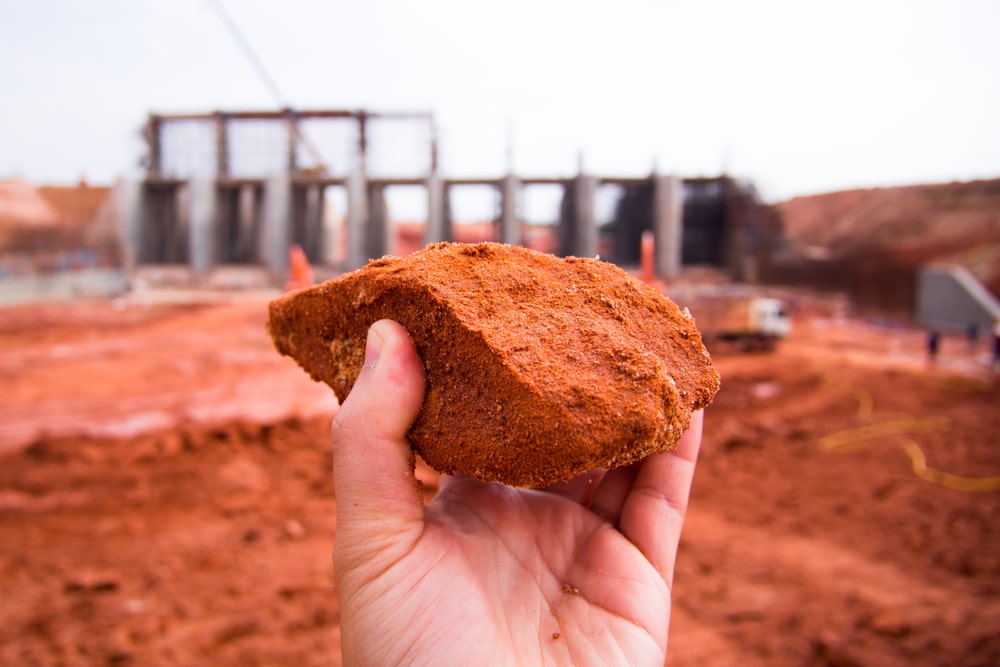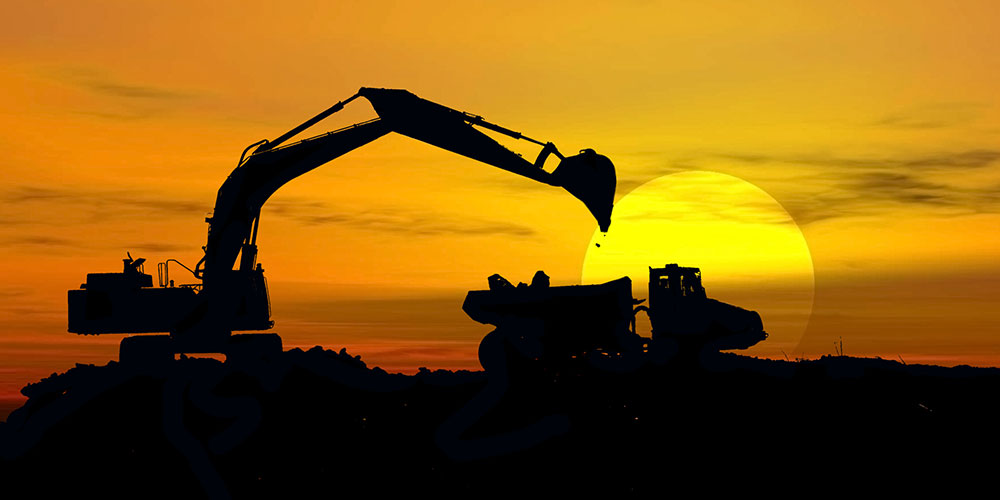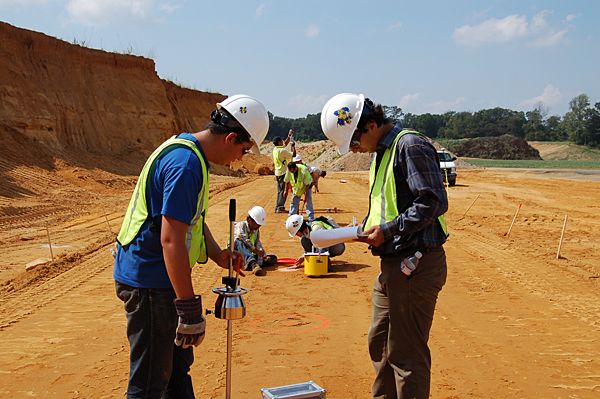Expert Civil Geotechnical Engineering Solutions for Complex Projects
Expert Civil Geotechnical Engineering Solutions for Complex Projects
Blog Article
How Consulting Engineers Enhance Geotechnical Design Projects: Insights Into Their Competence, Approaches, and Collaborative Approaches
Consulting engineers are crucial in boosting geotechnical engineering projects, using their specialized knowledge to browse the intricacies of subsurface conditions. Their techniques include a variety of website investigation techniques, including Criterion Infiltration Tests (SPT) and Cone Infiltration Examinations (CPT), which inform vital decisions during the design and building and construction phases. Furthermore, their joint techniques foster communication amongst varied job stakeholders, ultimately shaping the task's trajectory. As we examine the diverse roles these experts play, it becomes clear that their contributions expand beyond technological competence, prompting a better consider the ramifications for task success.
Role of Consulting Engineers
The expertise of getting in touch with designers in geotechnical engineering is basic to the successful execution of building and construction jobs. These specialists play an essential role in assessing dirt and rock homes, which are vital factors affecting style and building decisions. By carrying out thorough website examinations, getting in touch with engineers collect important information that educates the style procedure, making sure projects are constructed on secure and appropriate ground.
Consulting engineers also offer vital understandings right into threat monitoring (geotechnical geologist). They recognize possible geotechnical threats, such as landslides, dirt liquefaction, and negotiation problems, allowing stakeholders to execute efficient mitigation techniques. Their competence aids in optimizing foundation styles, which can result in substantial cost financial savings and improved security
Additionally, speaking with engineers offer as an essential link between task proprietors, architects, and professionals. Their ability to convert complicated geotechnical data right into actionable recommendations cultivates partnership and helps with notified decision-making throughout the job lifecycle. This multidisciplinary method not only boosts task performance yet additionally makes certain conformity with governing criteria and finest techniques.
Key Methodologies in Geotechnical Design

One key approach is website investigation, which entails conducting field examinations and lab analyses to collect data on subsurface problems. Methods such as Standard Infiltration Testing (SPT) and Cone Infiltration Testing (CPT) are commonly utilized to assess dirt stratigraphy and stamina. Additionally, geophysical techniques, consisting of seismic and electrical resistivity surveys, supply non-invasive methods to examine subsurface qualities.
Another important methodology is mathematical modeling, which makes it possible for designers to simulate different situations and predict just how soil-structure communications will certainly act under different loading problems. Finite Aspect Analysis (FEA) is a typical technique used in this context.
Additionally, the layout of foundations, retaining frameworks, and earthworks counts greatly on these techniques - geotechnical geologist. By integrating sophisticated analytical tools Discover More Here with area information, consulting designers can create customized services that address details project obstacles, eventually adding to the security and safety of construction tasks
Relevance of Dirt Evaluation
Dirt evaluation functions as a foundational aspect in geotechnical engineering, providing essential insights right into the physical and chemical homes of dirt needed for effective building preparation. Recognizing soil qualities is vital for identifying its load-bearing capability, drainage behavior, and potential for settlement or instability. Detailed soil investigations, consisting of sampling and research laboratory screening, help identify criteria such as soil kind, wetness material, density, and shear toughness.
These analyses notify the selection of proper construction methods and products, eventually influencing task safety and longevity. For example, cohesive soils may need different foundation styles contrasted to granular dirts, requiring tailored engineering solutions. In addition, soil evaluation help in determining impurities that might present threats to human health and wellness or the environment, enabling the development of mitigation techniques.
Including dirt analysis right into the early phases of job growth helps to reduce unforeseen challenges, making certain that designers can anticipate and attend to prospective concerns prior to they escalate. By developing a thorough understanding of the website problems, seeking advice from engineers can enhance design efficiency and minimize expenses, consequently improving the total success of geotechnical engineering projects.
Joint Approaches in Jobs
Effective geotechnical projects commonly rest on joint approaches that unite varied proficiency from numerous techniques. Effective partnership among getting in touch with engineers, geologists, environmental scientists, and building and construction specialists is crucial for attending to complex difficulties and maximizing project results. By leveraging the unique abilities and knowledge of each group member, tasks can profit from an all natural understanding of the website problems, regulative requirements, and engineering restraints.
Routine interaction and interdisciplinary conferences help with the sharing of insights and foster a culture of team effort. These collaborative efforts allow the identification of potential dangers early in the job lifecycle, enabling for timely mitigation techniques. Moreover, incorporating feedback from stakeholders, including regional neighborhoods hop over to here and governing companies, guarantees that all point of views are considered, improving project acceptance and compliance.
Furthermore, the assimilation of sophisticated technologies, such as Geographic Information Solution (GIS) and Building Information Modeling (BIM), further improves collaboration. These devices permit for the real-time sharing of data and visualization of geotechnical problems, promoting notified decision-making. Ultimately, a joint strategy not only improves job execution yet also lays the foundation for innovative remedies to complicated geotechnical engineering challenges.
Influence on Project Results

Consulting engineers employ sophisticated approaches such as threat evaluation and predictive modeling, which enhance the accuracy of job projections. Their capability to incorporate ingenious modern technologies, like geotechnical instrumentation and data analytics, better refines the style and building processes. As a result, projects experience improved performance, reduced costs, and minimized hold-ups.
Additionally, fostering effective communication and partnership amongst group participants enhances analytical capabilities. When challenges develop, a united front permits quick recognition of options, protecting against prospective setbacks. Ultimately, the joint efforts of seeking advice from designers contribute to better end results, making sure that jobs satisfy both regulative criteria and client assumptions.
Final Thought

Report this page